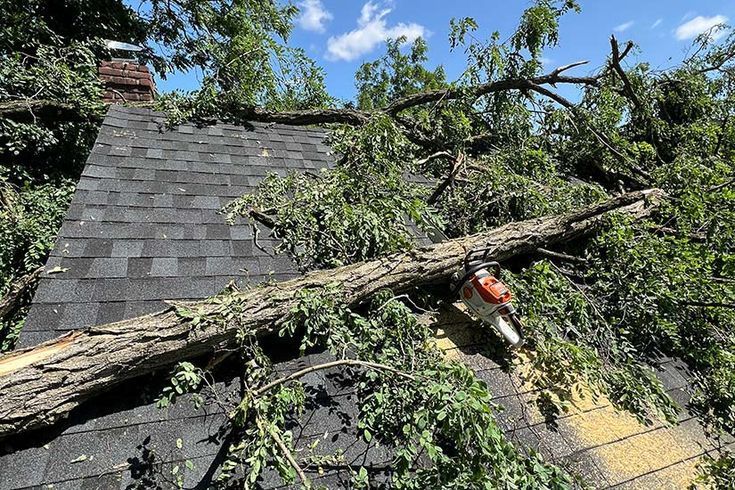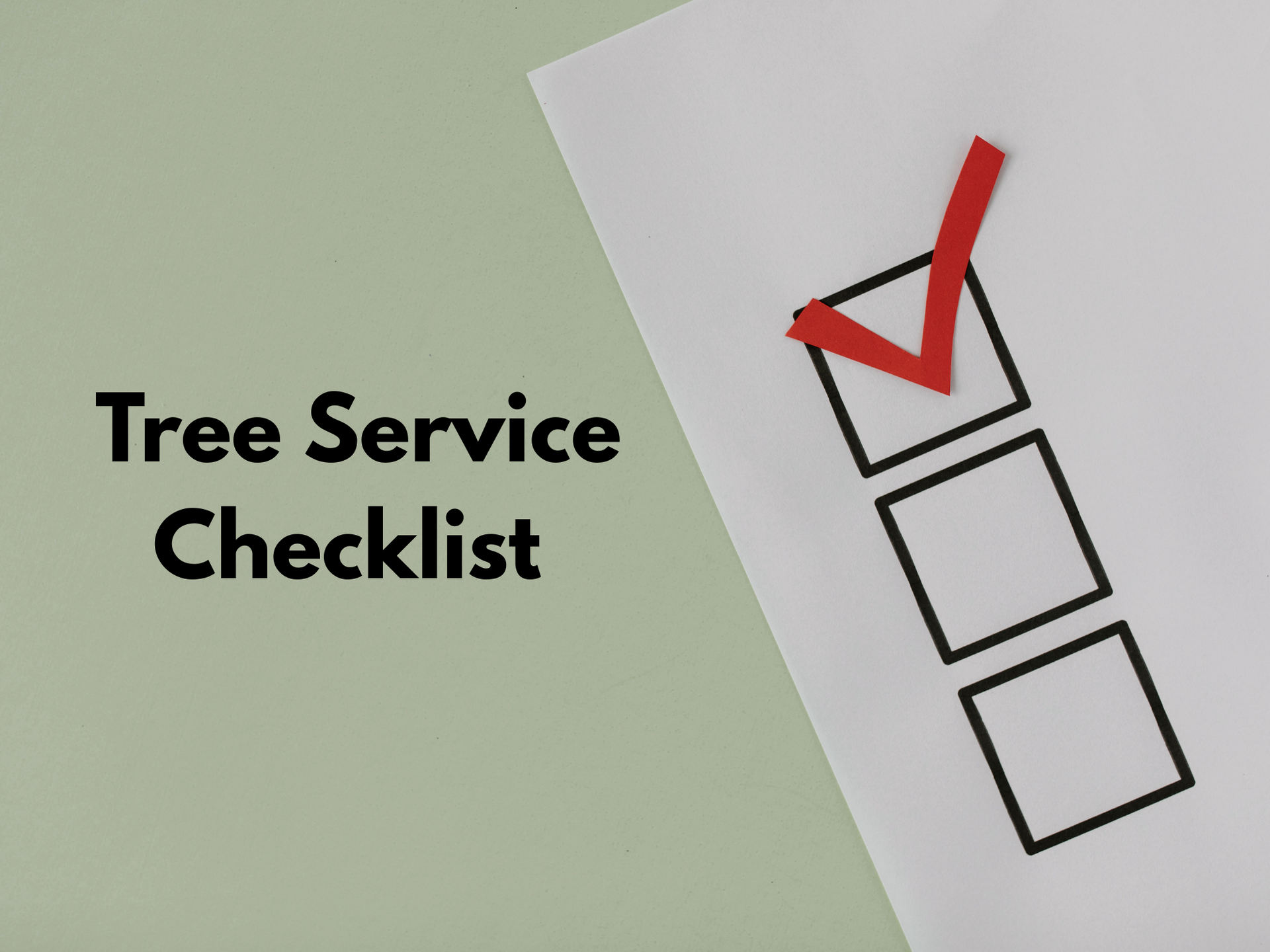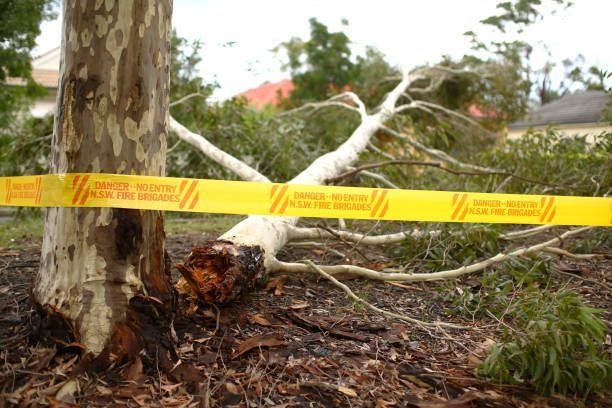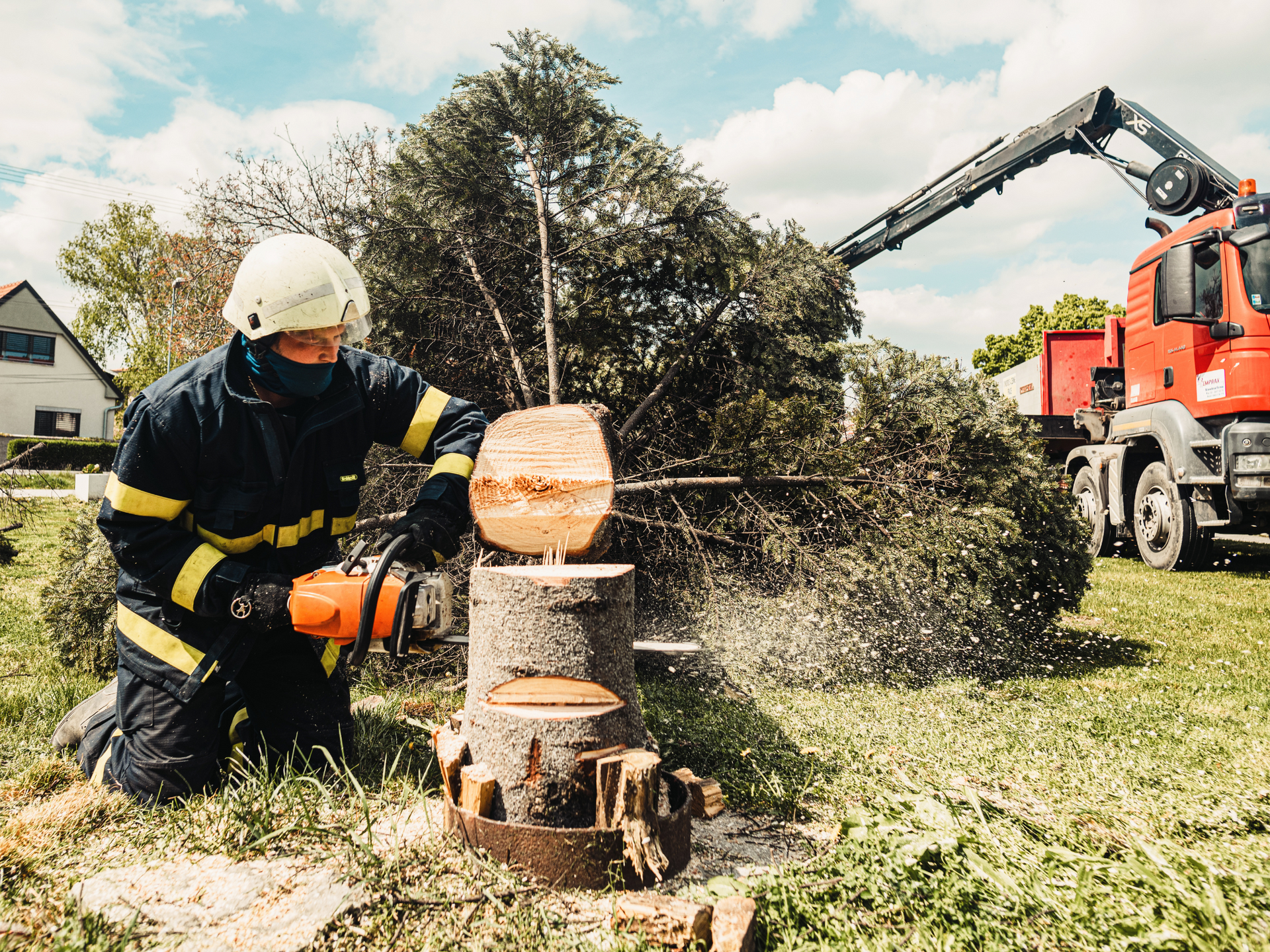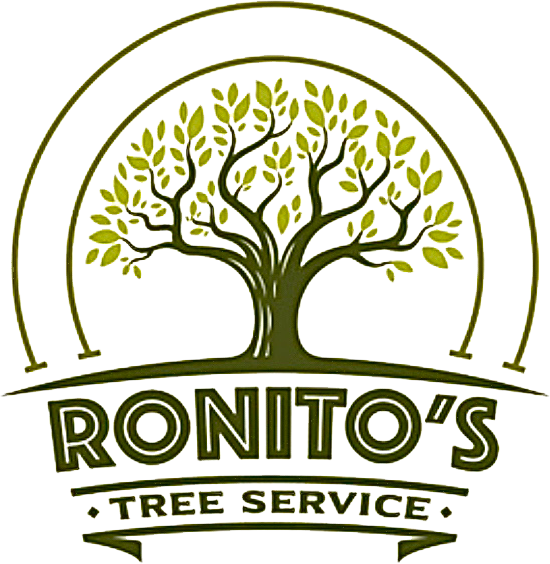Understanding Tree Pruning: Techniques and Benefits for Homeowners
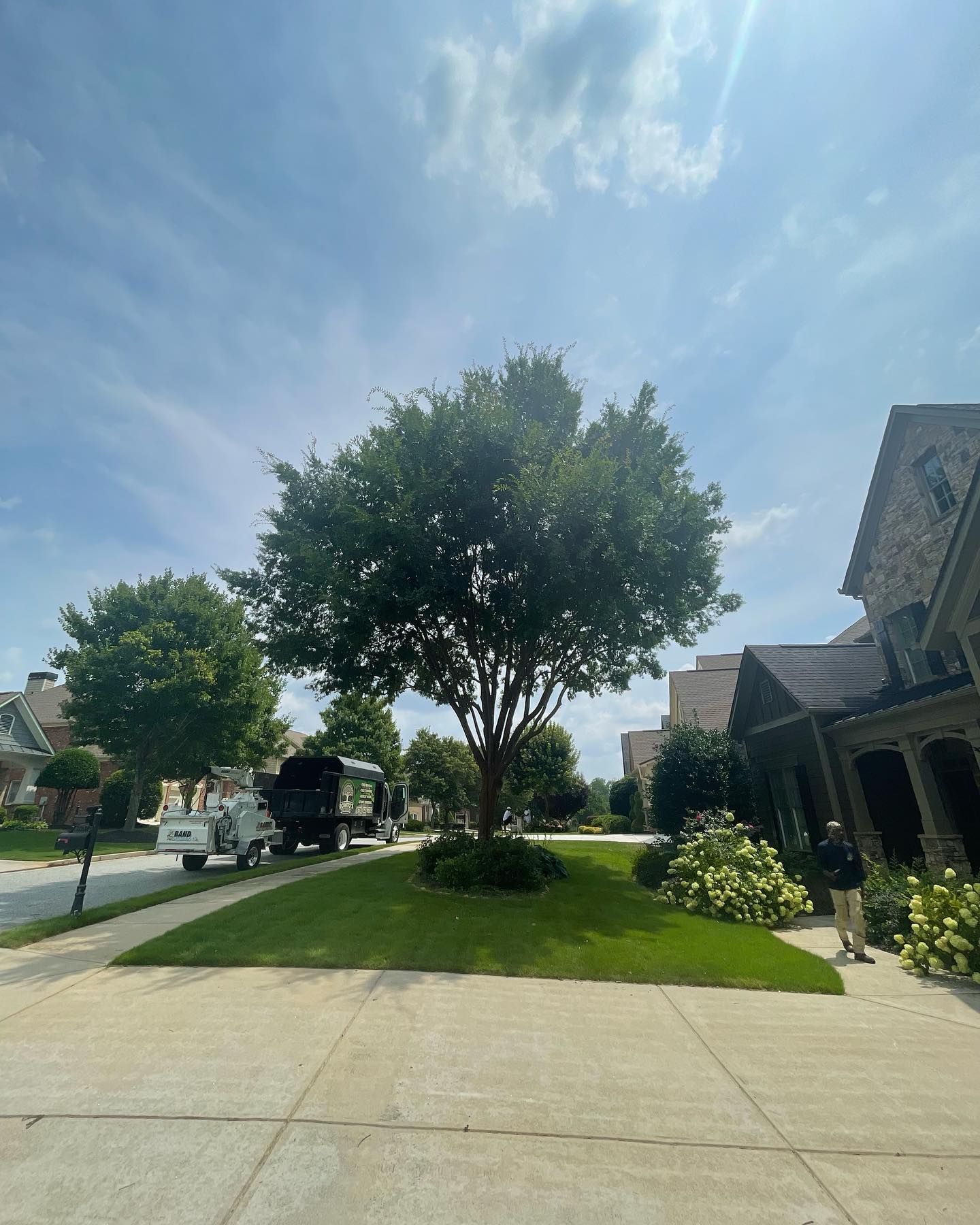
Tree pruning is crucial to maintaining a healthy and attractive landscape. Proper pruning techniques enhance trees' appearance and promote their long-term health and vitality. In this guide, we'll explore the different tree pruning techniques and the numerous benefits they offer homeowners.
What Are Tree Pruning Techniques?
Tree pruning involves selectively removing specific branches to improve the tree's structure, encourage healthy growth, and prevent potential hazards. Here are some standard tree-pruning techniques that every homeowner should know:
- Thinning: This method removes smaller branches to reduce the tree's density, allowing more light and air to filter through the canopy. Thinning is ideal for maintaining the tree's natural shape and preventing overcrowded growth.
- Crown Reduction: If your tree has grown too large for its location, crown reduction reduces the overall size. This technique involves trimming the top branches, ensuring the tree remains balanced and healthy without compromising its structure.
- Deadwood Removal: Deadwood, or diseased branches, can weaken a tree and pose a safety risk. Pruning out dead or damaged branches helps protect the tree's overall health and keeps your yard safe.
- Crown
Raising:
This pruning method removes lower branches to provide clearance for walkways, driveways, or buildings. It's beneficial for trees in urban settings where space is limited.
Benefits of Proper Tree Pruning for Homeowners
Now that you're familiar with some essential pruning methods, let's look at how these techniques benefit homeowners:
- Enhanced Tree Health: Regular pruning eliminates diseased, dying, or dead branches, which can otherwise spread infections to the rest of the tree. Healthy trees are more resilient to pests and adverse weather conditions.
- Improved Tree Structure: Using the proper tree pruning techniques can improve the tree's structure and reduce the risk of broken or weak branches. It also helps guide the tree's growth, ensuring it develops stable and aesthetically pleasing.
- Increased Sunlight and Airflow: Thinning the canopy promotes better air circulation and allows more sunlight to penetrate. It is essential for the tree's photosynthesis process and supports overall lawn health by reducing the risk of mold or mildew.
- Safety and Aesthetic Appeal: Overgrown or poorly maintained trees can pose a safety hazard, especially during storms. Proper pruning reduces the likelihood of branches falling on structures, power lines, or people. Additionally, pruning keeps trees looking their best, adding to the curb appeal of your property.
- Boosts Fruit Production:
Pruning can improve their productivity if you have fruit trees on your property. Removing old or unproductive branches encourages the tree to allocate more resources to producing healthy, abundant fruit.
Professional Pruning Services for Optimal Results
While some homeowners may attempt DIY pruning, it's often best to leave this task to professionals. Proper
tree care requires a deep understanding of tree maintenance techniques to avoid damage and promote long-term growth.
Recent Posts

